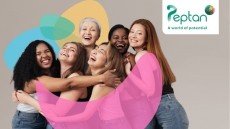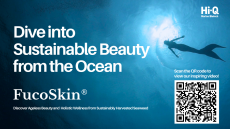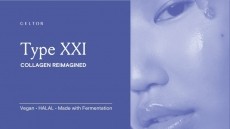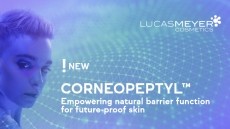China authorities tighten formulation regulations
and the recent scare of the P&G SK-II skin care line, China
authorities have more than doubled the number of banned substances
for formulations.
The move adds a further 790 new substances to the list of banned ingredients for the production of cosmetics, the Ministry of Health announced at the end of last week.
The move builds on the Ministry's initial ban of 412 substances, first introduced in 2002.
According to reports from Xinhua the ban should come into effect by July 1, when all manufacturers are expected to comply with the new regulations.
The news report also said that the revised list modified the outlawed raw materials for hair dyes and sunscreen products, as well as toughening up the methods used in the testing of banned substances.
The ban focuses on substances that are deemed to be potentially dangerous to human health and also aims to bring China in line with international regulations, particularly more stricter regulations in Japan, Europe and the US.
This will also help to position China cosmetics and toiletries on an international platform, allowing producers to tap into the huge potential that these markets represent, particularly for mass market products.
Exports of cosmetic products from China are estimated to have risen 20 per cent during the course of 2006, meaning China is rapidly emerging as a world-wide hub for the cosmetics industry.
Estimates put the value of cosmetic and toiletry exports expected at $630m in 2006.
The ministry is hoping to improve China's image on the global cosmetics and toiletries platform, following allegations by many industry experts that regulation in the country is weak and that there is little supervision from authorities.
This was highlighted towards the end of last year, when China authorities banned P&G's cosmetic skin care line SK-II after testing found that it contained potentially dangerous heavy metals.
Although the line was said to be made in Japan, the resulting debacle ended in authorities declaring that the skin care line was in fact safe and it has subsequently been relaunched on the market.
The incident highlighted the need for comprehensive testing as well as the need to firm up the list of illegal substances, following the resulting confusion that ensued after P&G were asked to withdraw the line from all retail points in the country.























